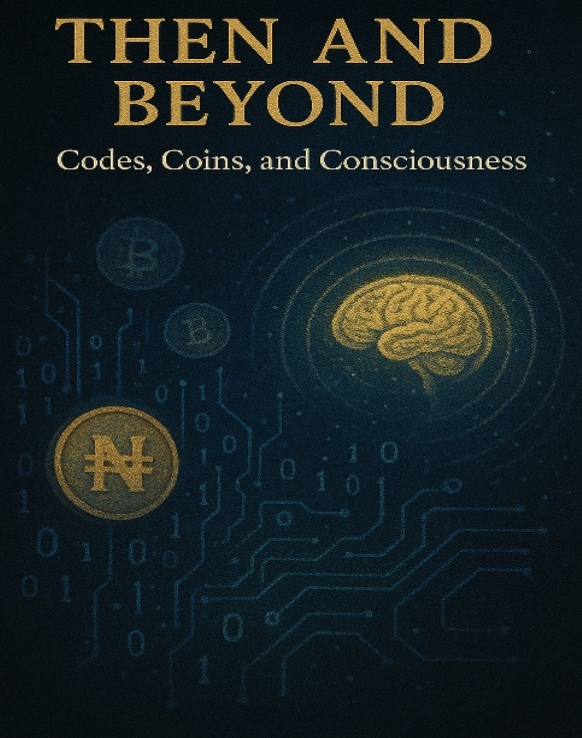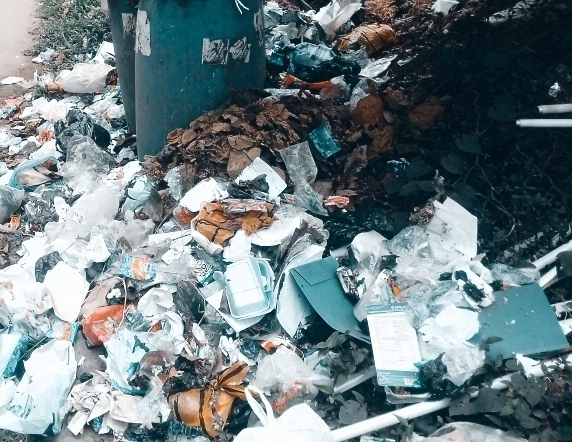Then and Beyond: Subsidy Removal: A History of Broken Promises and the Unfinished Battle for Economic Justice in Nigeria

By Oluseun FATOPE
In the Nigeria’s political and economic history, there has been few, persistent and controversial issues such as subsidy removal. Since the 1970s, the debate on subsidy has resurfaced with every government, framed alternately as an economic necessity or a policy failure.
Nigerians as of today are grappling with increased fuel prices, rising transport costs and general inflation following the 2023 removal of petrol subsidies, resulting in the question, why has Nigeria struggled to wean itself off subsidies? And where does the nation go from here?
Then: The Birth of Subsidies and the Political Bargain
The Nigerian subsidy regime finds its roots in the oil boom of the 1970s. Crude oil has been accounted to cover over 80% of the national revenue, and subsidising petrol and petroleum products was to cushion citizens from the volatility of global oil prices and stabilise prices and maintain social harmony. At the early years of the subsidies introduction, the policy was affordable, with a sizeable population, high oil revenues and limited domestic consumption and the cost of keeping fuel prices was minimal compared to government earnings.
As time goes by, subsidies became more than economic policy, it changed to become a symbol of government benevolence. In fact, successive administration, both military and civilian alike has presented cheap fuel, as an entitlement that justified the loyalty of citizens amidst wider governance failures.
Cracks began to show in the 1980s with the introduction of the IMF-backed Structural Adjustment Program (SAP), leading to crashed oil prices and these cracks start inflating Nigeria’s debt. The government starts cutting public spending, including subsidies under the pressure of economic restoration.
The shock that runs down the spines of many Nigerians was in 1986, under General Ibrahim Babangida, when the first serious attempt to reduce fuel subsidies was made. Fuel prices were raised from 20 kobo to 39.5 kobo per litre. This was the beginning of a long, bitter battle between government policies and public outrage. From this time onward, subsidy adjustments became a recurring decimal. Between 1990 and 1999, fuel prices were increased multiple times, and this was often met with nationwide murmur from labour unions, civil society groups and students.
Now: The Painful Present and the 2023 Breaking Point.
It may be said that the most iconic resistance to subsidy removal came in January 2012, under the administration of President Goodluck Jonathan. His government announced the removal of fuel subsidies, raising petrol prices from ₦65 to ₦141 per litre, and this was met with an unprecedented public backlash.
The #OccupyNigeria movement mobilised millions in protests, shutting down major cities, and forcing the government to partially reinstate the subsidy, reducing the price to ₦97 per litre. That event cemented subsidy removal as not just an economic decision, but a deeply political and emotional issue.
However, in May 2023, the newly inaugurated Nigerian President, Bola Ahmed Tinubu, decided and announced the total removal of fuel subsidies and was followed by a dramatic impact: petrol prices jumped from about ₦184 to over ₦500 per litre in major cities, and eventually was stabilised at over ₦600 to ₦700 per litre.
This removal was hailed by economists as long-overdue, citing subsidy fraud and the need to redirect funds to infrastructure and social services, but the removal raised questions for the ordinary Nigerians. The impact was devastating, transport costs tripled, food prices soared and inflation spiked to record levels.
In response, the government introduced palliatives such as proposals for mass transit schemes, but many Nigerians viewed these measures as too little, too late. The level of distrust in the government spiked given decades of betrayal history.
Beyond: What Comes After Subsidies?
While subsidy removal has now come to stay, what lessons does history offer which can sustain Nigerians now at crossroads. The long term sustainability for subsidy removal will need Nigeria to address its downstream oil sector. The reliance on imported refined products remains a major contradiction for an oil-producing nation.
The subsidy removal was defended on economic grounds, but without effective social safety nets, the policy inadvertently hurts the poor. This shows that Nigeria’s challenge does not lie with the policy design, but in its implementation. The level of transparency and political will are very crucial to manage subsidy savings to fund education, healthcare and infrastructure. However instead of restoring public trust, NELFUND came to cause controversies once more.
What History then teaches us is that if the current hardship persists without visible improvements, political pressure could force a partial or full return of subsidies. Subsidy reversal, while popular in the short term, would signal policy inconsistency and further economic strain.
Conclusion: Restoring Trust
The trajectory of subsidy removal in Nigeria is ultimately a story of governance. It represents the larger challenge of the management of national resources transparently and effectively. In the past years, subsidies has served as a mask for structural failures in administration. The removal, though painful, offers an opportunity to correct these foundational issues.
The removal of subsidies is not the end of the struggle. It is merely the end of an illusion. The real work begins now. But history teaches us that Nigerians will not endure sacrifice without accountability. To succeed, the post-subsidy era must be defined by visible investments, inclusive policies, and a clear departure from the old cycles of promises and betrayals.








